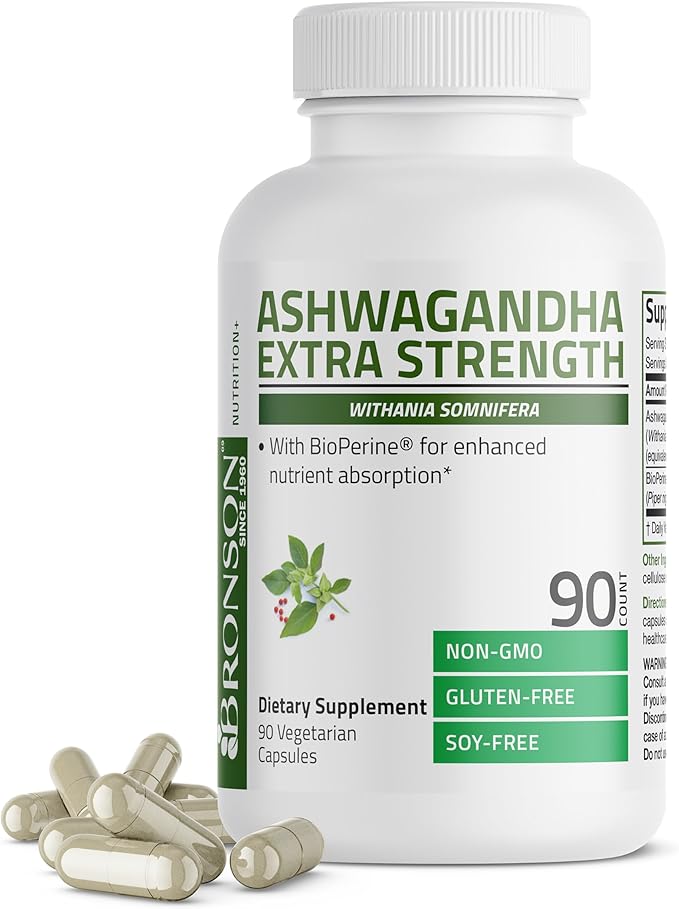Can you take Alpha Linolenic Acid and Flax together?
Interaction Details
Taking Alpha Linolenic Acid and Flax together has the potential for great synergy, suggesting a rating of 5 out of 5.
Flaxseed is a rich source of Alpha Linolenic Acid (ALA), an omega-3 fatty acid. When taken together, they essentially provide the same nutritional benefit, as flaxseed is primarily composed of ALA. The synergy here is more about complementarity rather than a biochemical interaction. Flax provides a natural, whole-food source of ALA, while a supplement of ALA offers a concentrated dose. Taking them together could ensure adequate intake of ALA, supporting heart health, inflammation reduction, and potentially aiding in the maintenance of healthy cholesterol levels. The combination may enhance the overall effect of ALA supplementation, assuming the flaxseed is providing additional nutritional benefits beyond just the ALA content, such as fiber and other nutrients.
Potential Benefits
Potential Risks
Related Studies
Alpha Linolenic Acid
Alpha-Linolenic Acid (ALA) is an omega-3 fatty acid found in plant-based foods such as flaxseeds and walnuts. It is considered an essential fatty acid because the human body cannot produce it on its own.
Some benefits of ALA include supporting heart health and reducing inflammation.
Flax
Flax is a supplement derived from the seeds of the flax plant, rich in omega-3 fatty acids, fiber, and antioxidants. It is often used to support heart health, digestive health, and as an anti-inflammatory.
